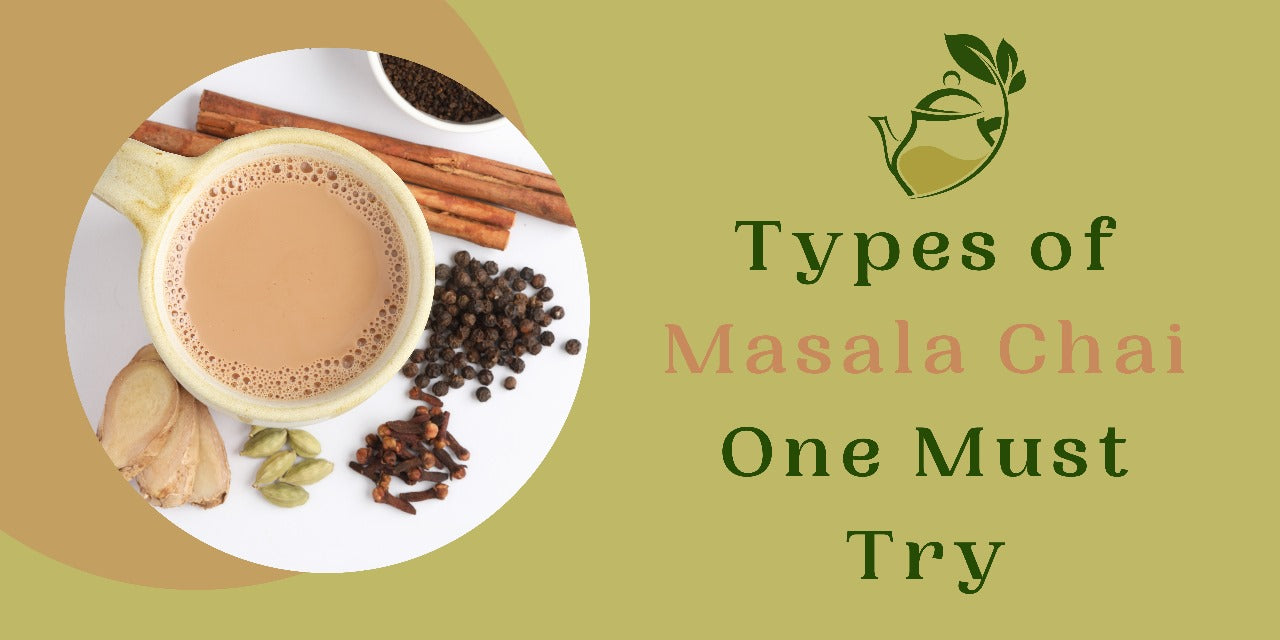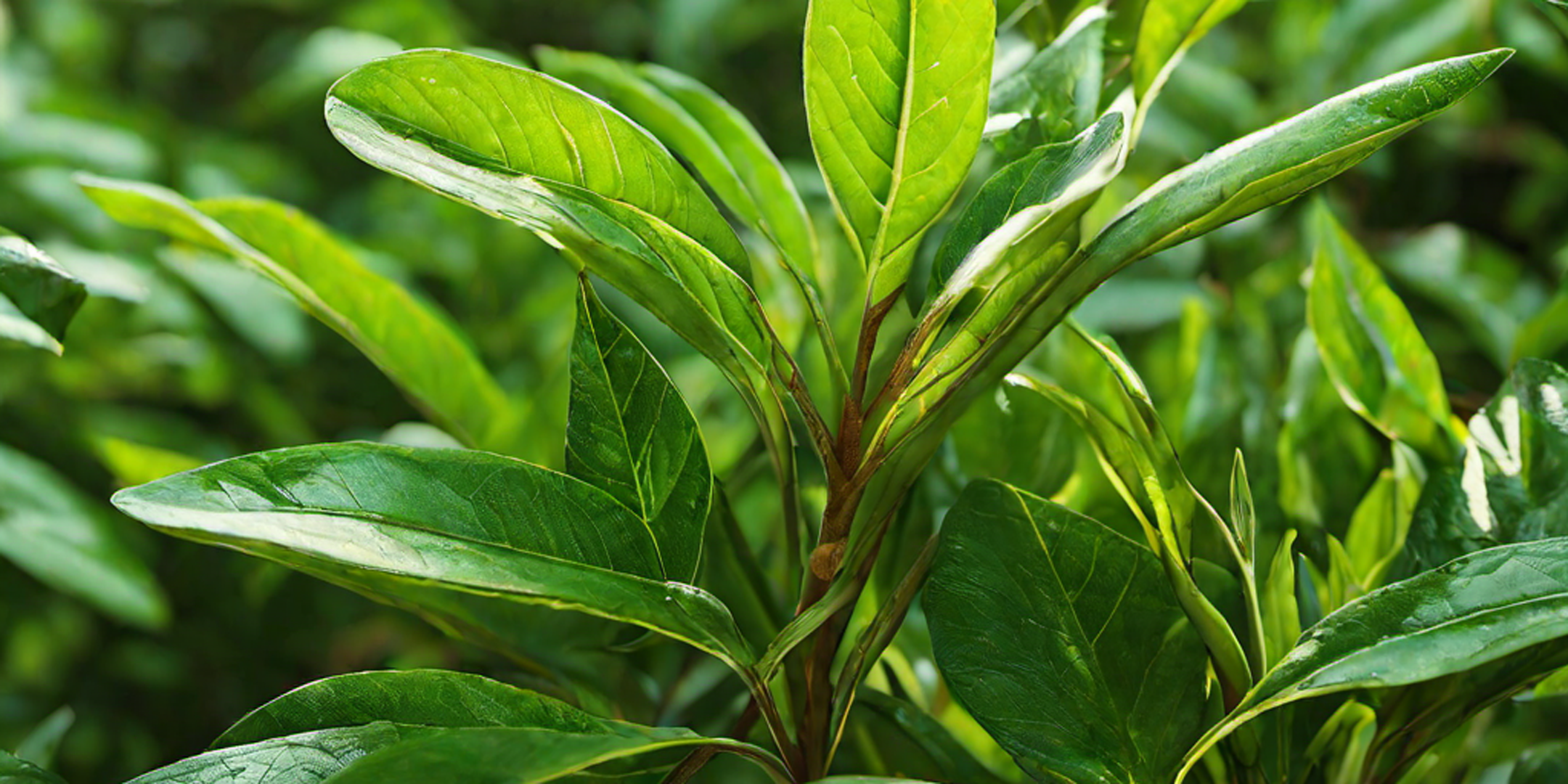1. Introduction
Tea is one of the most popular beverages in the world, but many people are unaware of the differences between different types of tea. In particular, there is often confusion between black tea, what is commonly referred to as "normal" tea, and other teas. While both types come from the same plant, Camellia sinensis, the processing method and characteristics of the leaves result in distinct flavors and health benefits. This article aims to clarify the difference between black tea and other teas and help you make an informed choice when selecting your brew.
2. What is black tea?
Black tea is a type of tea that undergoes a specific process of withering, rolling, and oxidation. After the leaves are plucked, they are spread out to wither in the air, allowing them to lose moisture. This withering process is essential to prepare the leaves for rolling, which further breaks down the cell walls and releases natural juices. Once the leaves are rolled, they are left to oxidize, usually for several hours.
This oxidation process gives black tea its distinct dark color and robust flavor. The longer it oxidizes, the stronger the taste. The leaves are subsequently dried to halt the oxidation process.
Black tea is known for its bold, full-bodied taste and higher caffeine content compared to other teas. It is often enjoyed with milk and sugar but can also be consumed plain or with a slice of lemon.
In the next section, we will explore the characteristics of other teas and how they differ from black tea. Stay tuned!
3. What are Other teas?
Other teas serve as a collective term for unflavored, pure teas such as green, white, and oolong. Compared to black tea, they avoid oxidation, maintaining their natural colors and delicate flavors. Green tea, unoxidized and grassy, bursts with antioxidants and health benefits. White tea, made from young buds, is lightly processed and subtly sweet. Oolong, partially oxidized, bridges the gap between green and black, offering a spectrum of floral to roasted notes. Each brew unveils its unique character, inviting you to explore the unadulterated world of regular tea.
In the following section, we will delve deeper into the various health benefits associated with both black tea and other teas. Stay tuned to discover which one might be more suitable for your lifestyle and preferences.
4. Health benefits of black tea
While green tea is often praised for its health benefits, black tea also offers a wide range of advantages for your well-being. Here are a few of the primary health advantages linked with black tea:
a) Heart Health: Studies have shown that regular consumption of black tea may help reduce the risk of heart disease. The antioxidants present in black tea can help improve heart health by reducing cholesterol levels and improving blood vessel function.b) Digestive Health: Black tea contains compounds that can aid in digestion and promote a healthy digestive system. It can help relieve digestive problems like bloating, stomach cramps, and indigestion.
c) Stress Relief: Sipping on a cup of black tea can provide a calming effect and promote relaxation. The presence of theanine, an amino acid, helps in reducing stress and anxiety.
d) Immune System Boost: The antioxidants in black tea, such as polyphenols, can help strengthen the immune system. Regular consumption of black tea may help protect the body from infections and promote overall health.
While both black tea and all other teas offer numerous health benefits, it is essential to choose the one that aligns with your taste preferences and lifestyle.
5. Health benefits of Other teas
In addition to black tea, other teas, which include varieties like oolong and white tea, also offer a range of health benefits that you should be aware of. Here are a few advantages associated with the other teas:
a) Weight management: Regular consumption of normal tea can aid in weight management. Compounds like catechins found in green and white tea have been linked to boosting metabolism and aiding in fat oxidation.
b) Bone health: Normal tea is a good source of natural fluoride, which helps in maintaining strong and healthy bones. Regular intake of normal tea may contribute to improving bone density and reducing the risk of osteoporosis
.
c) Skin health: The antioxidants present in normal tea can help promote healthy skin. These antioxidants can protect the skin from damage caused by free radicals, reducing signs of aging and promoting a youthful complexion.
d) Brain health: Normal tea contains caffeine, which can help improve focus, alertness, and cognitive function. Drinking normal tea in moderation may enhance mental performance and overall brain health.
When considering your tea options, it's essential to explore the unique benefits offered by the other teas. In the following section, we will compare the benefits of black tea and other teas side by side, helping you make an informed decision about which type of tea is most suitable for you. Stay tuned!
6. Taste and flavor differences
One of the key differences between black tea and other teas lies in their taste and flavor profiles.
Black tea is recognized for its strong and bold taste. It has a rich and full-bodied taste that often boasts notes of malt, caramel, and even hints of fruitiness. The flavor of black tea can vary depending on the specific type and origin, but it generally offers a stronger and more pronounced taste compared to other teas.
On the other hand, other teas, which include varieties like green, white, and oolong, tend to have a more delicate and subtle flavor. Green tea, for example, has a grassy and vegetal taste, while white tea offers a light and sweet flavor. Oolong tea falls somewhere in between, with a slightly floral and fruity taste.
When it comes to taste and flavor preferences, it ultimately comes down to personal preference. Some people may enjoy the bold and robust flavors of black tea, while others may prefer the delicate and nuanced flavors of all other teas.
7. Brewing techniques for black tea
To fully enjoy the robust flavors of black tea, it is essential to brew it correctly. Achieve the perfect cup every time by following these simple steps:
- Start with fresh, cold water: Fill your kettle with fresh, filtered water. Avoid using previously boiled water, as it may affect the taste of the tea.
- Heat the water to the right temperature: Black tea is best brewed with water that is just below boiling point, around 200-212°F (93-100°C). Use a thermometer or simply bring the water to a rolling boil and let it sit for a minute before pouring.
- Measure the tea leaves: Add one teaspoon of loose black tea leaves or one tea bag per cup of water. Change the amount to match your liking.
- Steep for the right time: Black tea generally requires a longer steeping time compared to other teas. Let the leaves steep for 3-5 minutes to extract the full flavor. Remember that oversleeping may result in a bitter taste.
- Strain and enjoy: Once the tea has steeped, remove the leaves or tea bags. Pour the brewed tea into your cup and savor its bold and flavorful taste. You may add milk, honey, or a slice of lemon if desired.
By following these brewing techniques, you can ensure that your cup of black tea is perfectly steeped and ready to delight your taste buds.
8. Brewing techniques for the other teas
In contrast to black tea, other teas refer to a variety of teas such as green, white, oolong, and herbal teas. Each type requires its specific brewing technique to bring out its unique characteristics and flavors. Here are some general guidelines for brewing other teas:
- Water temperature: The ideal temperature for brewing green and white teas is lower than black tea, around 160-180°F (71-82°C). Oolong tea is best brewed at 190-200°F (88-93°C), while herbal teas can tolerate boiling water.
- Steeping time: Green and white teas require a shorter steeping time, typically 1-3 minutes. Oolong tea may be steeped for 3-5 minutes, while herbal teas can be steeped for 5-7 minutes or longer, depending on the desired strength.
- Tea-to-water ratio: Generally, a teaspoon of loose tea leaves or one tea bag per cup of water is a good starting point. Make it just the way you love it by adjusting the taste to suit you.
- Strain and serve: Once the tea has steeped, remove the leaves or tea bag. Pour the brewed tea into your cup and enjoy its delicate flavors. If you like, sweeten with honey or add a slice of lemon.
By following these brewing techniques, you can enhance the flavors of other teas and experience the subtle nuances that each type has to offer.
9. Popular black tea varieties
Black tea, the most commonly consumed type of tea worldwide, comes in a myriad of delicious and unique varieties. Each variety has its distinct flavor profile, caffeine content, and brewing recommendations. Let's take a closer look at some popular black tea varieties:
- Assam: Hailing from the Assam region in India, Assam tea is known for its robust and malty flavor. It's often used as the main part of breakfast blends.
- Darjeeling: Grown in the Darjeeling region of India, Darjeeling tea is renowned for its muscatel flavor and light, floral aroma. It's frequently known as the "champagne of teas."
- Earl Grey: A classic blend that combines black tea with the fragrance of bergamot oranges. Earl Grey tea offers a unique citrusy flavor and is a favorite among tea enthusiasts.
- English Breakfast: A blend of black teas from different regions, English Breakfast tea is known for its full-bodied flavor and strong, robust character. It's usually enjoyed with milk and sugar.
- Ceylon: Grown in Sri Lanka, Ceylon tea is beloved for its bright, brisk flavor and citrusy notes. Enjoy this tea either hot or cold, whichever suits your preference.
These are just a few examples of the wide range of black tea varieties available. Exploring different blends and flavors is a delightful journey that allows you to savor the diverse characteristics of each tea.
10. Popular other tea varieties
While black tea varieties offer a rich and diverse range of flavors, it is worth noting that numerous popular varieties of other teas are enjoyed by tea enthusiasts all over the world. These teas, commonly referred to as green tea, white tea, and oolong tea, each have their own unique characteristics and brewing methods.
- Green Tea: Known for its fresh and grassy flavor, green tea is unoxidized and retains its green color. It is often associated with a range of health benefits, including its high antioxidant content and potential weight loss properties.
- White Tea: Made from the youngest leaves and buds of the tea plant, white tea has a delicate and subtle flavor. It is minimally processed, which helps retain its high levels of antioxidants.
- Oolong Tea: Falling between green and black tea in terms of oxidation, oolong tea offers a wide range of flavors depending on the degree of oxidation. It can range from light and floral to rich and roasted.
By exploring the varieties of both black and other teas, you can discover a world of flavors and benefits that cater to your personal preferences and wellness goals.
11. Conclusion
In conclusion, understanding the difference between black tea and other teas opens up a world of possibilities for tea lovers. While black tea offers a robust and full-bodied flavor, other teas, such as green tea, white tea, and oolong tea, provide their own unique flavor profiles and health benefits.




